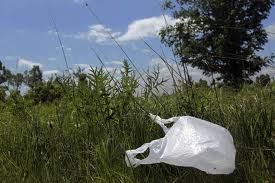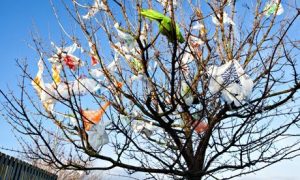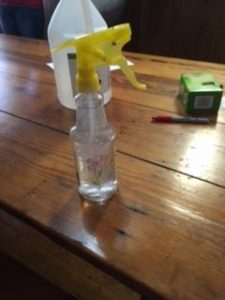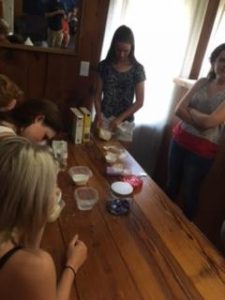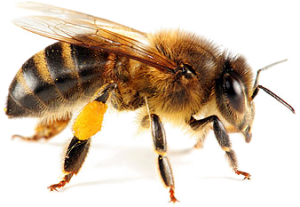A lyric from a song by my favorite band Fall Out Boy goes “But there’s a light on in Chicago, and I know I should be home.” I was listening to this song when it hit me: there are lights on all the time on Furman’s campus. Obviously, we need street lights so people feel safe walking on campus at night, but inside the buildings is a different story.

I spend a lot of time in Trone at night with meetings, and my biggest pet peeve is when I walk downstairs to retrieve my bike and look into P2X. All the lights are on, and the big TV in the back is on, but I never see anyone. They may be in the back unloading packages, which I understand, but maybe they could turn off the lights in the front part of the room where students usually wait for packages. To give Trone some credit, I know some of the offices and the student organization commons have timers and sensors, so after a certain amount of time, the light will turn off. I think the sensor light system could also be beneficial in the dorms for the hallways, bathrooms, and laundry rooms. Another quick note that isn’t just about lights is that some of the projectors in Furman Hall are still on at night, even when the rest of the lights are off, and I’m not quite sure how to fix this problem, but I’m sure there is some technology that allows for a time system for the projector to turn off after a certain time.
The lights outside of Furman need a little change, too. In particular, the lights on the sports fields are incredibly bright. I have passed by these fields at night, and the fields looks like daytime. I don’t know if there is a way to use a more efficient light or find a way to alternatively power the lights. I always wondered if there is a way to connect more of the PAC exercise machines to the power system, and maybe some of those machines could help provide some of the energy for those lights. Another thing I was thinking about is if during the day, a power source could charge to be used when the lights are on at night practices.
While I am not sure how to solve all these problems, I think it is certainly a topic worth discussing and not a topic to be taken lightly.
Peace, love, and Greenbelt,
Katherine Kristinik
Picture Source:
https://m.aliexpress.com/item/32384622617.html
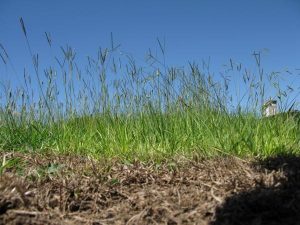
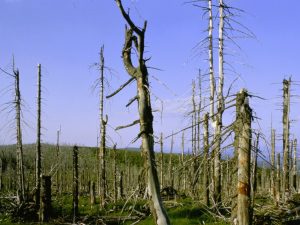 -up idea from a sci-fi movie; when acid rain comes, people run for cover to keep the rain from melting their skin. The truth is, acid rain is real and is affecting our environment every day!
-up idea from a sci-fi movie; when acid rain comes, people run for cover to keep the rain from melting their skin. The truth is, acid rain is real and is affecting our environment every day!




